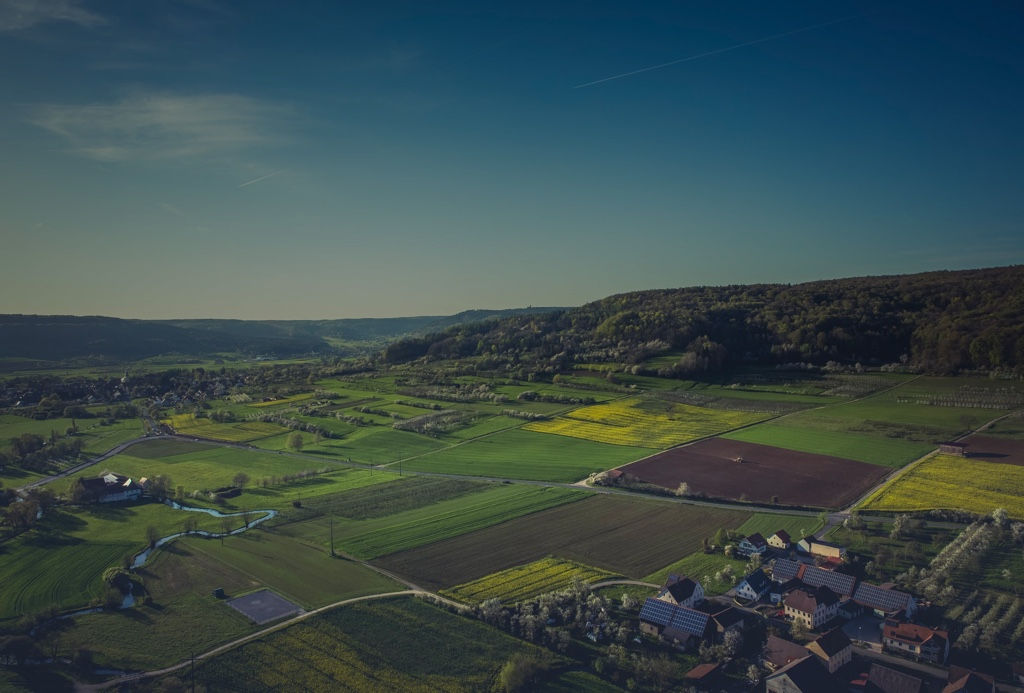Decision support for managing Potato Late Blight
- Georgina Knock
- Jun 26, 2020
- 3 min read
We speak to our Product Manager, Jonny Kerley on how we are on a shared mission to combat Pests and Diseases in the industry.

At KisanHub, we enjoy combining our industry experience with our technological prowess to solve on the ground problems throughout the fresh produce industry. We endeavour to keep in touch with industry trends and news to put us in the best possible position to help out.
Our platform is all about joining the dots in the agri-food supply chain, whether that be reducing the risk or disease pressure associated with growing a certain crop, providing in field data collection methods or connecting previously disconnected data sets together to empower decision makers.
Whilst KisanHub provides a platform that functions across all crops, it is necessary for some parts such as yield and disease models to be highly crop specific, due to the complex parameters and plant biology involved. One of the crops for which we provide specific modelling services is potato, and we have just released our Late Blight warning system.

Potato late blight (Phytophora Infestans) needs little introduction, having been the cause of the famous Irish potato famine in the late 1840`s. Much has changed since then, but with the warm and wet weather faced by much of the UK over the last few weeks, potato growers are being advised to be on a high alert for blight outbreaks in crops as outlined in this article from Potato News Today published on 18th June 2020.
With very little curative efficacy provided against late blight by current fungicides, preventative sprays and techniques are vital. Improved timing of preventative fungicide applications can be aided by the use of Decision Support systems (DSS), but increasingly aggressive strains of the disease and growing resistance coupled with the incessant withdrawals of active ingredients from the pesticide armoury are making this disease harder to manage. Timeliness, preparation and a holistic approach are essential.
Before even getting to the stage of applying preventative sprays, basic precautions should be taken in the form of cultural controls and best practices that will help keep your crop safe from late blight.
Ensure a good rotation: leave a minimum of 4 years between potato crops to limit the influence of surviving oospores
Grow a resistant variety from a high grade seed stock
Out-grade and potato waste piles should be monitored and controlled for blight infection as tubers will continue to sprout depending on their position in the pile. Ideally cover the piles with plastic, but as a minimum haulm should be killed or removed. Blight lesions on dying haulm can still sporulate. Don’t underestimate the distance spores can travel!
Reduce the number of tubers left in a field post harvest
Remove potato volunteers from potato and neighbouring fields

The KisanHub platform helps you inventorise, manage and share your crops with your customers. For potato crops created within the KisanHub platform (or via our Farm Management System integrations) an automatic subscription to the potato late blight model is created. This model uses the Hutton Criteria to identify periods of time that are conducive to the development of Phytophthora Infestans and sends warning messages to your phone via the KisanHub app.
The model runs automatically, with push notifications sent on Monday, Wednesday and Friday of each week. These are single notifications that include a listed summary of all the plots in your team that have a high or medium status of risk predicted in the coming week. As model confidence improves, we will be able to increase the lead time on warnings considerably to help growers get their preventative fungicides on in time.
The model results may also be viewed on the web, where risk prediction is displayed for each field for the coming week. We believe that this is the first time late blight DSS has been brought down to a single field level using hyper-local weather data.

About the Author | Jonny Kerley, Product Manager at KisanHub Growing up in the industry gave Jonny an early appreciation and affinity with agriculture, attributes that were deepened by 6 years as a research manager in agricultural and horticultural crop trials and a further role as an agri-food consultant. During this time, Jonny managed hundreds of trials across a range of fresh produce crops including potatoes, carrots, parsnips, brassicas, leafy salads and even watercress, in the field, in store and on-shelf. Now, Jonny’s role at KisanHub is to steer and design the development of the software, particularly in the Crop intelligence and Mobile departments, to ensure it meets the 21st century requirements of the agricultural industry and provides solutions to on-the-ground challenges. Please let us know what challenges you are facing hello@kisanhub.com Or if you already use KisanHub please get in touch with our Customer Success team on support@kisanhub.com
KisanHubNews, opinions and thoughts on agri-tech and supply chain…




Comments